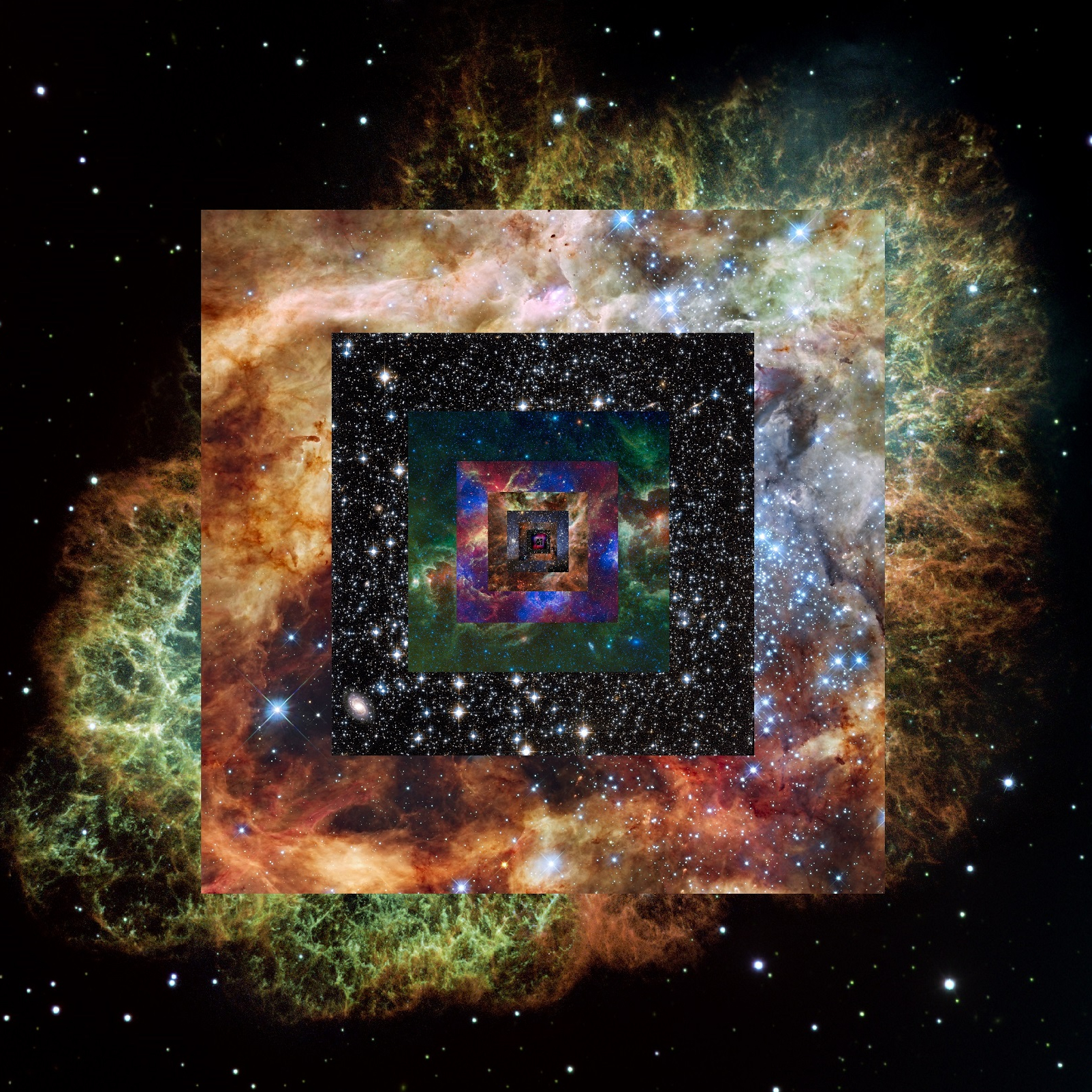
Middle-earth, More than Fiction?
“Middle-earth,” a term evoking images of hobbits, elves, epic quests, and enchanted rings. For many, this world is confined to the literary masterpiece of J.R.R. Tolkien, “The Lord of the Rings.” Yet, could this legendary universe be more than a brilliant flight of imagination? Could there be elements of truth, even a hidden reality, in Tolkien’s fantastical realms? This article explores the intriguing possibility that Tolkien’s worlds might exist beyond the pages of his books.
Tolkien’s Work: A Mythopoeic Triumph
Before venturing further, it’s essential to recognize the gravity of Tolkien’s contribution to literature and the creation of a mythical world. Tolkien was not merely a writer of fiction but a scholar of linguistics and mythology. His tales, rich in history, language, and culture, mirror the complexity of our own world. This depth lends a degree of realism to his narratives, making them compellingly believable.
The Historical Alignment: Evidences in our Own World
Tolkien was deeply influenced by ancient European mythology, particularly Norse and Celtic, and incorporated these elements into his work. This results in certain parallels between our history and the tales of Middle-earth. For instance, the Norse concept of “Ragnarök,” a prophesied catastrophe leading to a renewed world, resonates strongly with the War of the Ring and its aftermath.
Tolkien’s historical alignment extends to geographical features too. The Shire’s rolling landscapes mirror England’s West Midlands, where he grew up. His portrayal of other Middle-earth locations, from the lofty peaks of the Misty Mountains to Mordor’s barren plains, echo real-world environments. Could it be that Middle-earth is our Earth, but seen through a different lens?
Quantum Mechanics and Multiple Realities
Delving into the scientific realm, quantum mechanics theory could provide a fascinating perspective. According to the “Many-Worlds Interpretation,” all possible alternate histories and futures are real within their own world. If we apply this theory to literature, could every story, including Middle-earth, exist in an alternate universe?
The Power of Consciousness and Collective Belief
Interestingly, some argue that our collective belief and emotional investment in Middle-earth contribute to its ‘existence’. Carl Jung’s theory of the Collective Unconscious and the concept of Tulpas (thought-forms or mind-made beings) from Tibetan Buddhism suggest that collective thought and belief can manifest into reality. Millions of people have interacted with Middle-earth through Tolkien’s books and Peter Jackson’s film adaptations. Could this collective cognitive and emotional engagement bring Middle-earth into existence on some metaphysical level?
The Mystery of Consciousness: Tolkien’s Sub-creation
Tolkien believed that humans, being made in the image of a creator, are ‘sub-creators’. We carry a divine spark that allows us to create worlds and imbue them with an essence of reality. Hence, Middle-earth is a product of sub-creation, and its ‘reality’ can be considered a philosophical or spiritual reality.
Conclusion: The Intersection of Fantasy and Reality
To propose that Tolkien’s Middle-earth is ‘real’ in the literal sense requires a leap of faith that circumvents our traditional understanding of reality. However, exploring this concept invites us to broaden our perspective and contemplate the intriguing interplay between mythology, collective consciousness, quantum theory, and literary sub-creation.
While we may not find hobbits or elves if we dig deep enough into our past or probe the quantum realm, we discover something profound. Tolkien’s Middle-earth, through its influence on our collective imagination and the depth of its mythological and cultural roots, possesses a form of ‘reality.’ It’s a testament to Tolkien’s genius that his world, while not physically real, continues to live, breathe, and grow in the hearts and minds of millions around the globe.



